Confocal microscopy and flow cytometry results suggest that nanoparticle uptake defies the expected size limits.
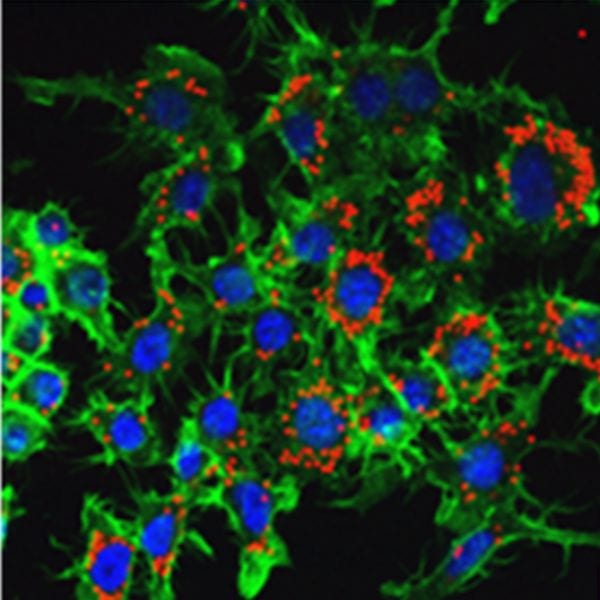

Confocal microscopy and flow cytometry results suggest that nanoparticle uptake defies the expected size limits.
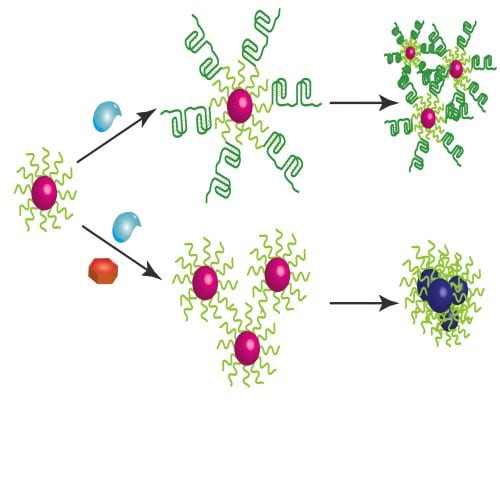
A new protocol combines gold nanoparticles with an enzyme substrate to give a simple test for the activity of an enzyme, the results of which can be seen with the naked eye.

A nanoparticle-based nerve agent detector is developed by researchers in Korea
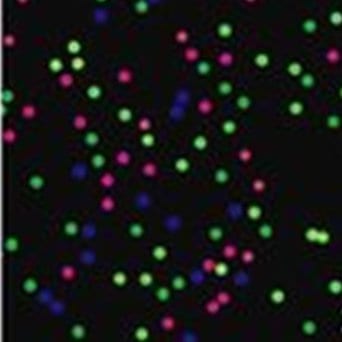
Microbarcodes embedded with rare earth nanocrystals show promise for disease detection and biomedicine.
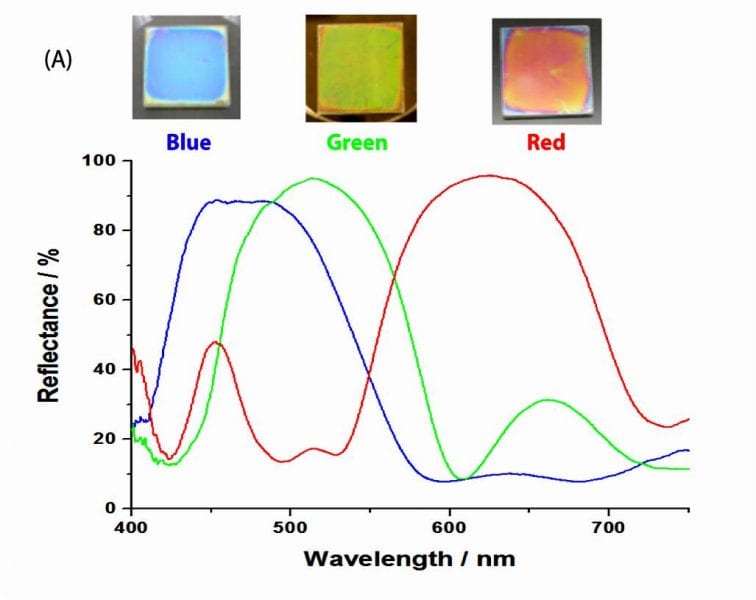
Professor Geoffrey Ozin brags about nanoparticles and the interesting things they can accomplish in Bragg mirrors.
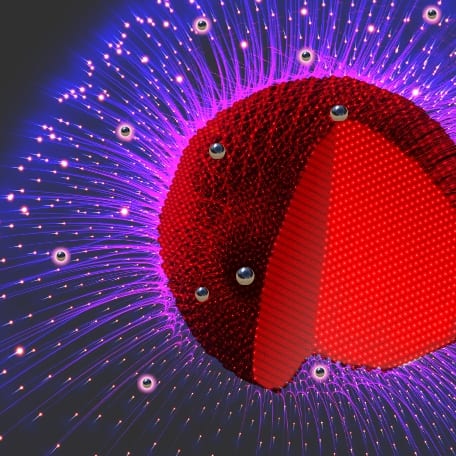
Dr. Stijn Mertens, Belgium, talks about his group’s recent achievements in forming nanoparticles that consist of a core of pure gold surrounded by a solid solution of gold and mercury.
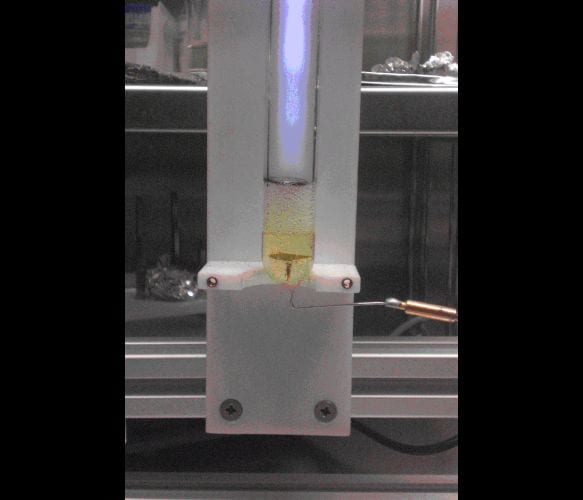
Copper nanoparticles can be made due to the interaction of an argon plasma with CuCl (CuCl2) ionic liquid solutions.
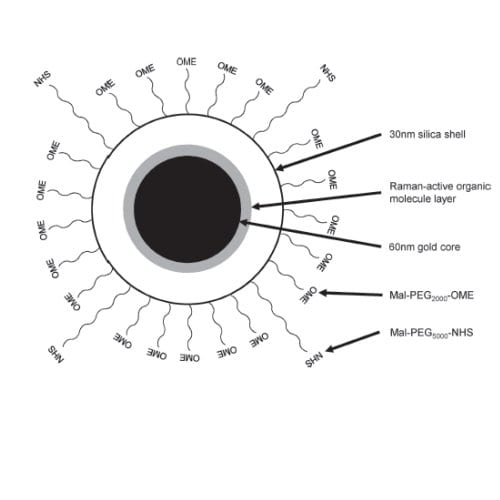
US scientists show the mechanism of toxicity of gold nanoparticles in living cells, and demonstrate that the nanoparticles are not toxic under diagnostic conditions.
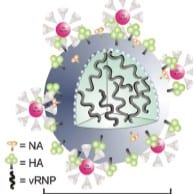
Functionalized gold nanoparticles are used to prevent flu viruses from attaching to and entering cells, in research by German scientists.
Scientists who are interested in the latest progress in non-spherical noble metal nanoparticles will probably appreciate the new review articles by Tapan K. Sau and Andrey L. Rogach.